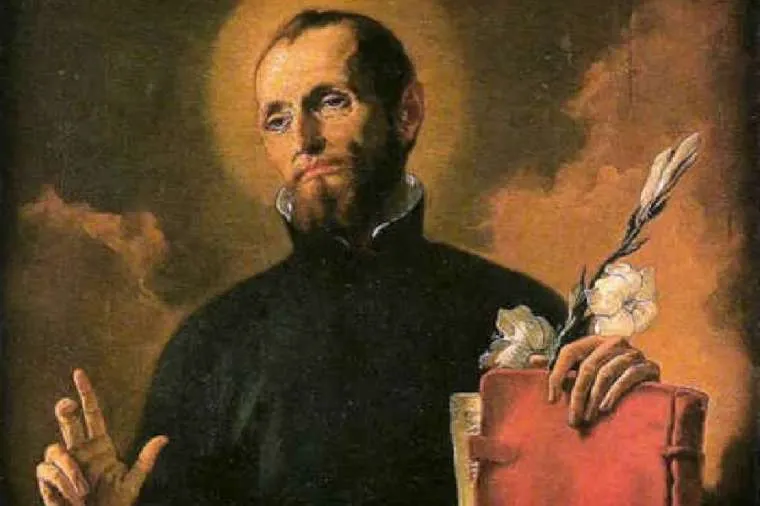Cajetan was also known for some miraculous cures in his lifetime, including the curing of the foot of a priest of his order that had been scheduled to be amputated.
The Theatine order became known as strong Catholic reformers even before the Protestant Reformation had fully taken hold.
In 1527, the house of the Theatine order in Rome was sacked by troops of Emperor Charles V, and the members fled to Venice. According to some accounts, one of the soldiers had been acquainted with Cajetan, and believed the priest was hiding riches from his past life of nobility, and thus treated him cruelly and imprisoned him before he was allowed to rejoin his order.
At the age of 42, Cajetan founded a hospital for “incurables” in Venice, and worked to comfort and heal the sick during times of “pestilence”, Weninger wrote.
Likely, many of the sick he tended to were victims of the bubonic plague, which resurfaced frequently in the town of Venice, an international trade hub.
(Story continues below)
In 1533, the pope sent Cajetan to Naples, where he founded another oratory. The corresponding church, San Paolo Maggiore, became an important hub of Catholic reformation.
While in Naples, Cajetan also founded a charitable nonprofit bank designed to protect the poor from usury - or lending money at exorbitant rates of interest. Eventually, the bank became the Bank of Naples.
While in Naples, Cajetan became dangerously sick, and offered his sufferings for the conversion of the people of Naples, reportedly refusing to be transferred from the planks of wood that served as his bed, so that he had more suffering to offer. He died on August 6th 1547, the feast of the Transfiguration, and is buried in the San Paolo Maggiore Basilica in Naples.
According to some accounts, the spiritual, political and social strife in the city of Naples ceased shortly after Cajetan’s death, confirming to many the holiness of his life.
St. Cajetan was beatified by Urban VIII in 1629. Before he was a canonized saint, Cajetan was invoked when the plague struck Naples hard in 1656.
According to a testimony written by the leader of a hospital in Naples at the time, and commemorated in an artistic depiction, 600-700 people were dying of the plague daily, when the city celebrated the feast of then-Blessed Cajetan with a Mass and music and confession. That day, there was no death recorded, and the plague soon subsided from the city.
St. Cajetan was canonized by Pope Clement X in 1671. He is the patron saint of job-seekers and the unemployed, as well as multiple countries, including Italy, Argentina, Brazil and El Salvador.
St. Cajetan’s order, the Theatines, continues to serve the Church today. In the U.S., Theatines serve primarily as parish priests in Colorado.
Prayer to Saint Cajetan:
Glorious St. Cajetan, acclaimed by all people to be the Father of Providence because you provide miraculous aid to all who come to you in need, I stand here before you today, asking that you present to the Lord the requests that I confidently deposit in your hands.
May these graces that I know request help me to always see the Kingdom of God and His righteousness, knowing that God who dresses with beauty the flowers of the field and abundantly feeds the birds of the sky will give me all other things.
Amen








